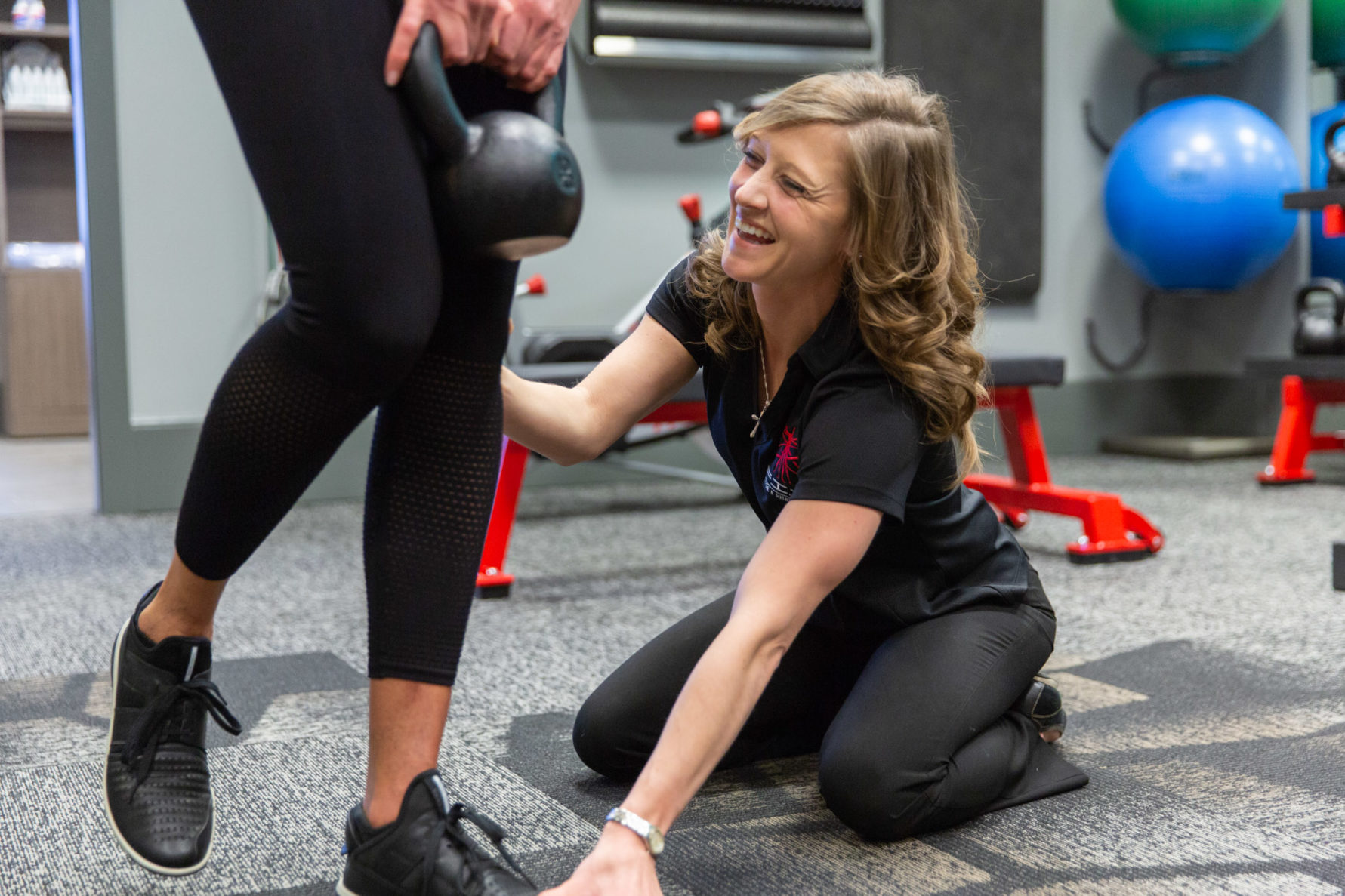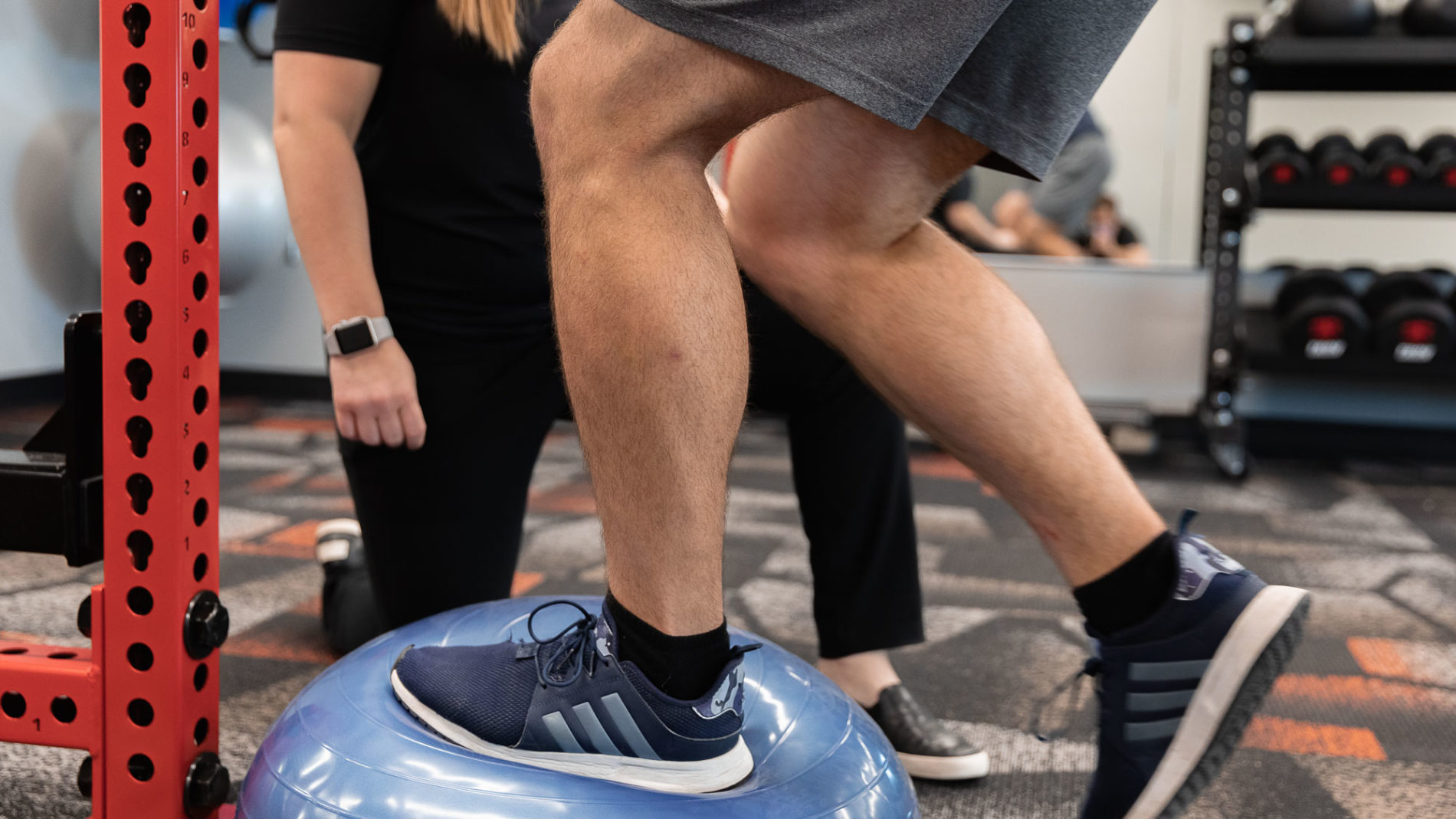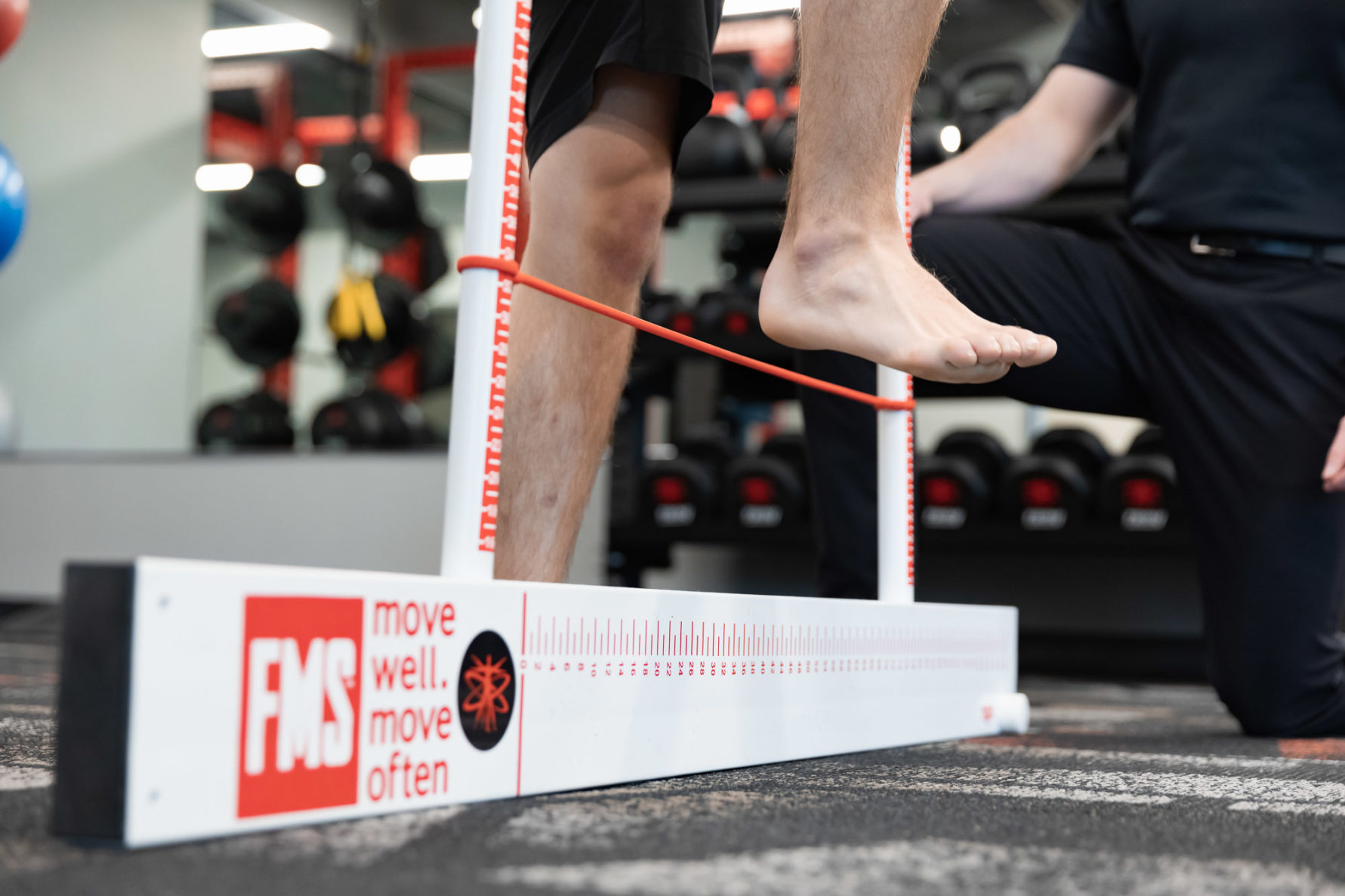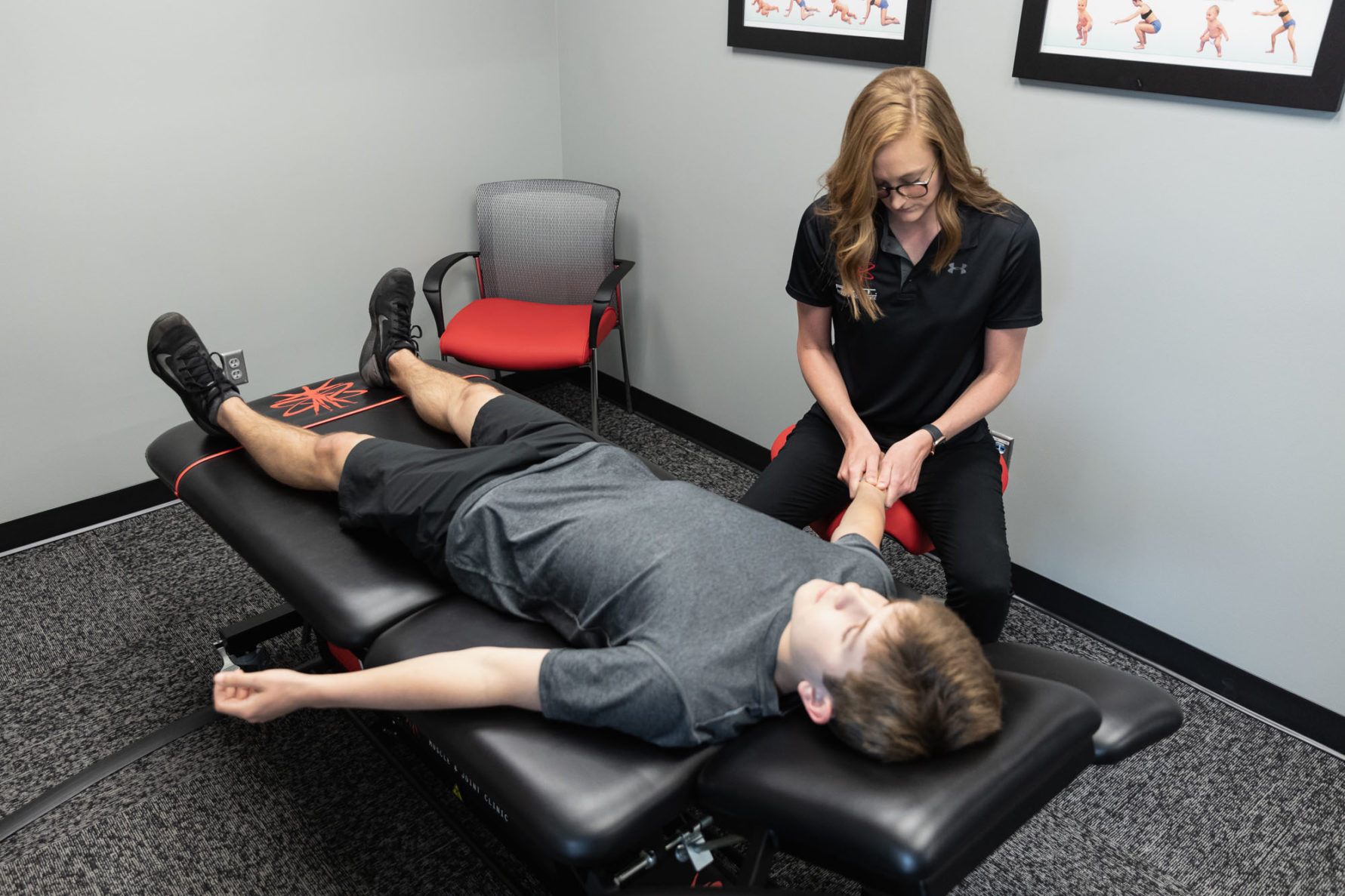
Anterior Cruciate Ligament (ACL) injuries are becoming increasingly common in sports, highlighting the importance of ACL injury prevention in Kansas City among athletes. But what is this injury? What causes it?
Read on to learn more about ACL injury prevention in Kansas City.
What is the ACL?
The ACL is a thick band of tissue in the knee joint that connects the thigh bone (femur) to the shin bone (tibia). Its purpose is to prevent the tibia from moving too far forward under the femur, as well as to help stabilize the knee during twisting movements.
What is an ACL injury?
Patients typically rupture the ACL during a twisting movement or with hyperextension of the knee joint. A collision to the knee can also cause an ACL injury.
Who would benefit from ACL injury prevention in Kansas City?
While many ACL injuries occur during contact sports, 70% of them are non-traumatic or non-contact related. The most common mechanisms of an ACL injury are cutting and pivoting movements and single leg landings.
Traumatic injuries occur due to a blow to the outside of the knee, such as from another athlete. It is nearly impossible to prevent an injury caused by a hit to the knee.
However, non-contact ACL injuries are where ACL prevention thrives.
Risk factors for ACL Injuries
ACL injuries occur most often between 15 and 45 years old, with females being at a higher risk than males due to their anatomy, and because they tend to be more dominant with their quadriceps muscles compared to their hamstring muscles. This is where ACL prevention is often targeted.
The biggest risk factor for an ACL tear is previous injury to the area; when a previous tear has occurred, there is ~15% greater risk for re-injury. Other risk factors include decreased hip and core strength. Landing patterns where the knee moves inward is another major indicator that the ACL is being put under a compromising load.
ACL injury prevention in Kansas City: Protocols and Injury rehabilitation
ACL injury prevention screening in Kansas City can be helpful to identify the factors that put you at greater risk for an ACL injury. These screenings look at muscle strength and motor control, then set you up on a program to optimize movement patterns, work on speed and agility, and improve sport performance, all while minimizing risk of injury.
The earlier you seek preventative care, the better your long-term outcomes will be for ACL injury prevention.
In Kansas City, if you’ve already suffered an ACL tear, typical return to sport can take 8 weeks for a non-operative case and 6 to 9 months for a surgical case.
Rehabilitation includes restoring normal movement, improving strength, and correcting movement patterns to prevent recurrence. Learn more about the benefits of physical therapy in Kansas City by reading our next article.
F.I.T. Muscle & Joint Clinic can help you with ACL injury prevention
The doctors at F.I.T. Muscle and Joint Clinic are all qualified to help you reach your sport goals at any stage. Learn more about ACL injury prevention in Kansas City by contacting us today or scheduling an appointment.



